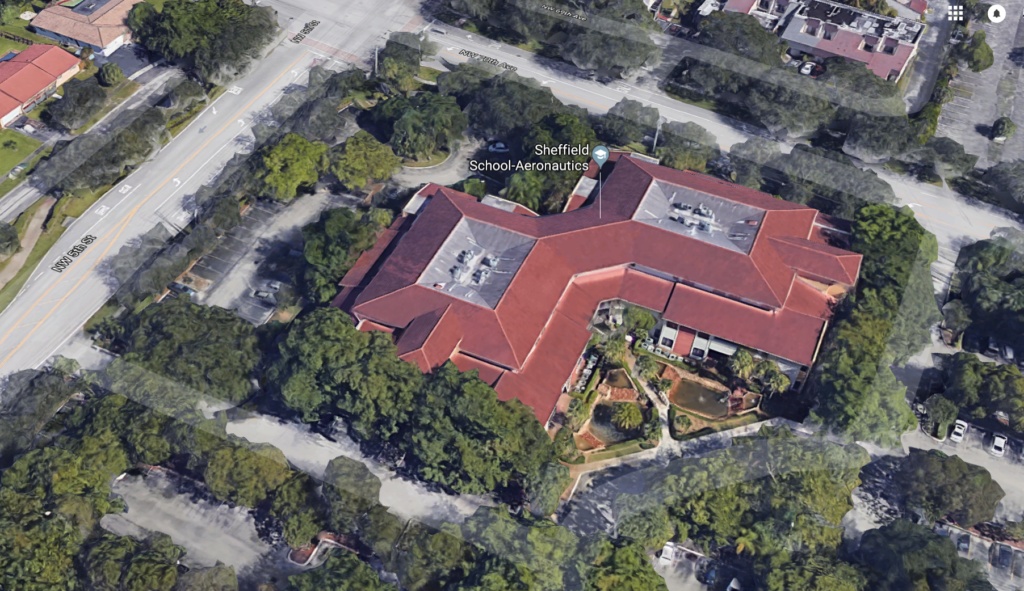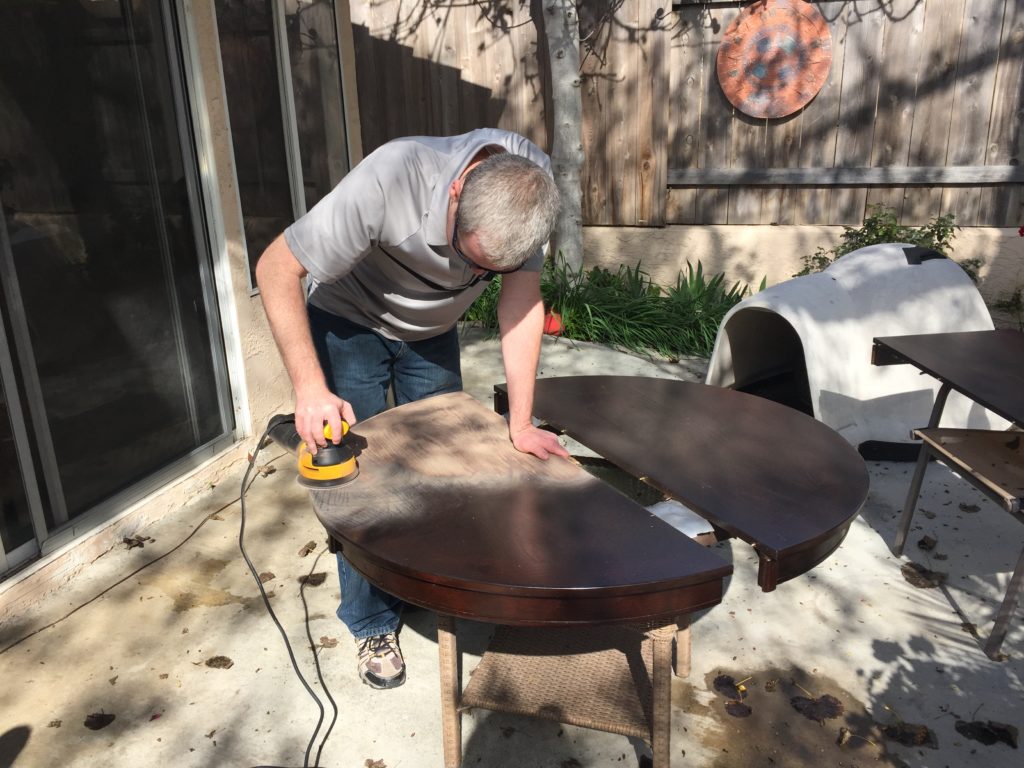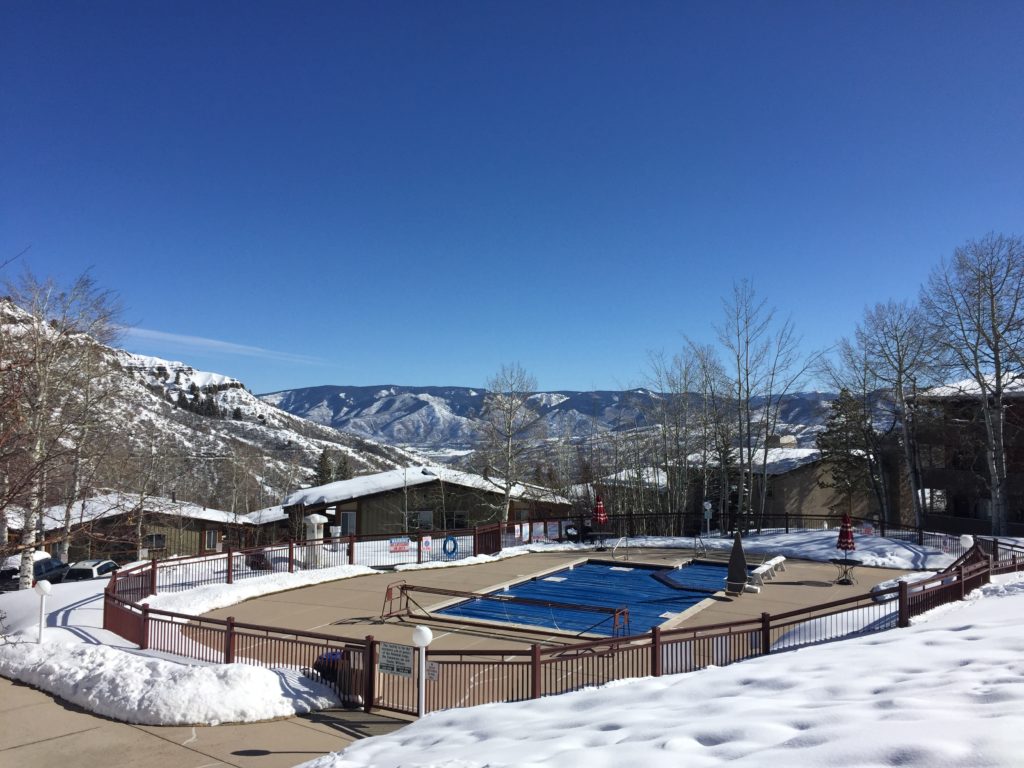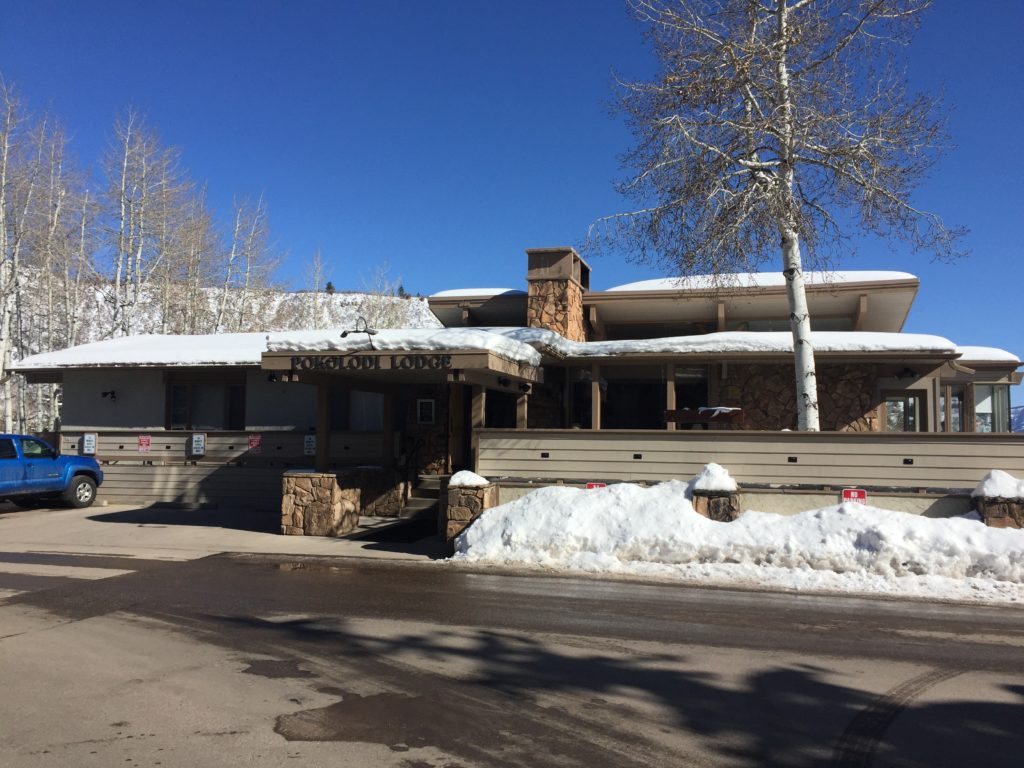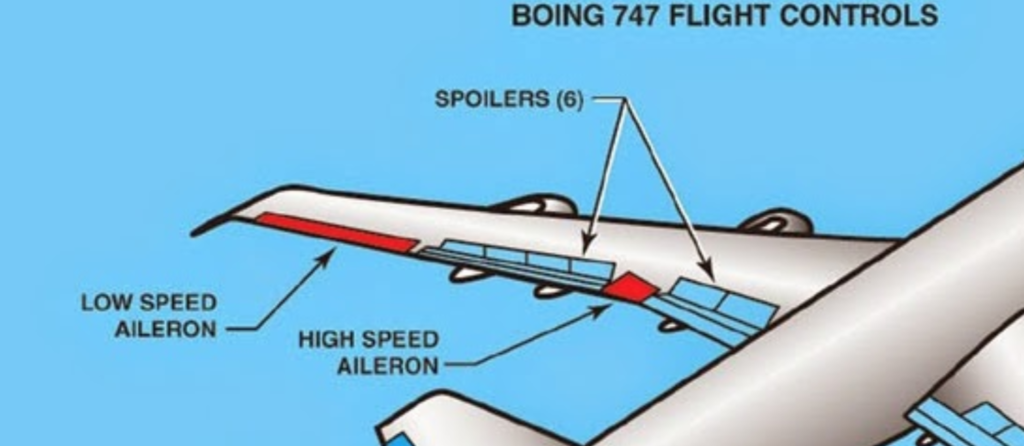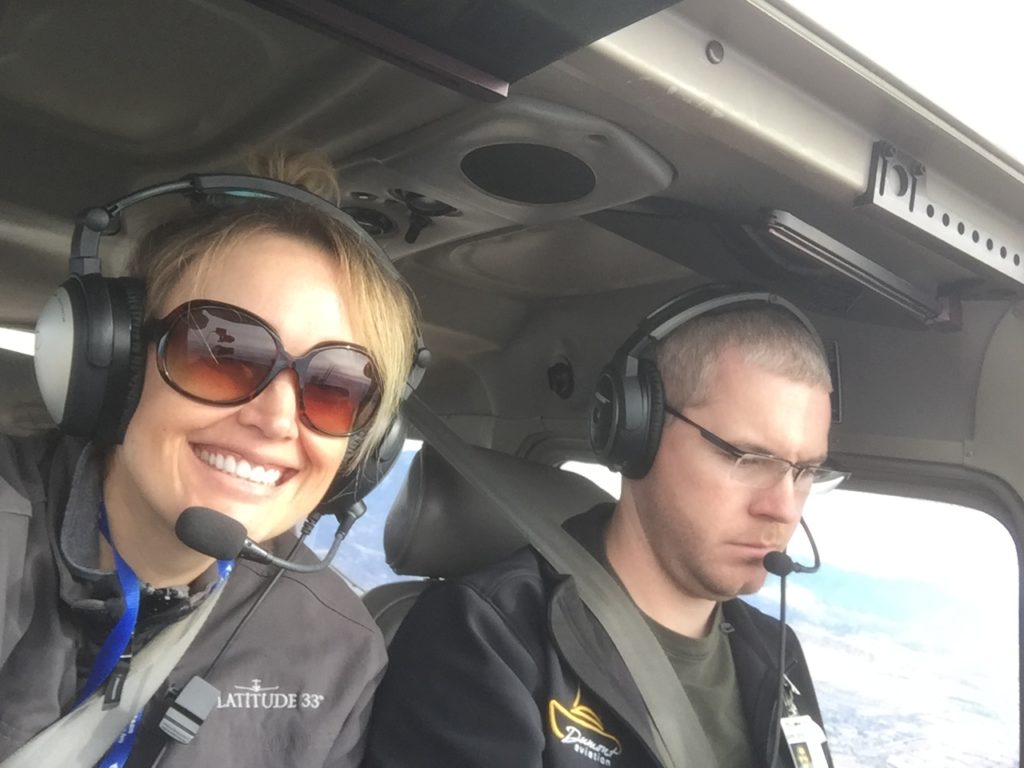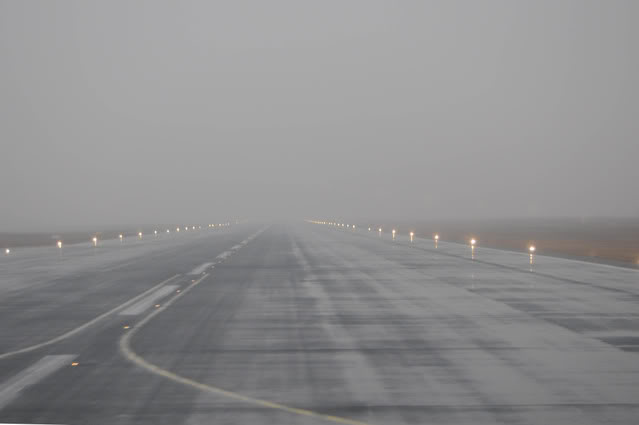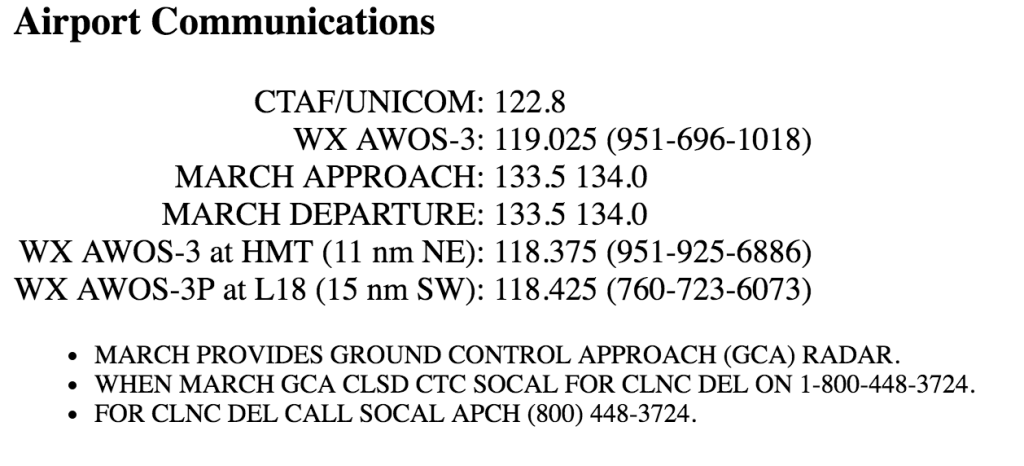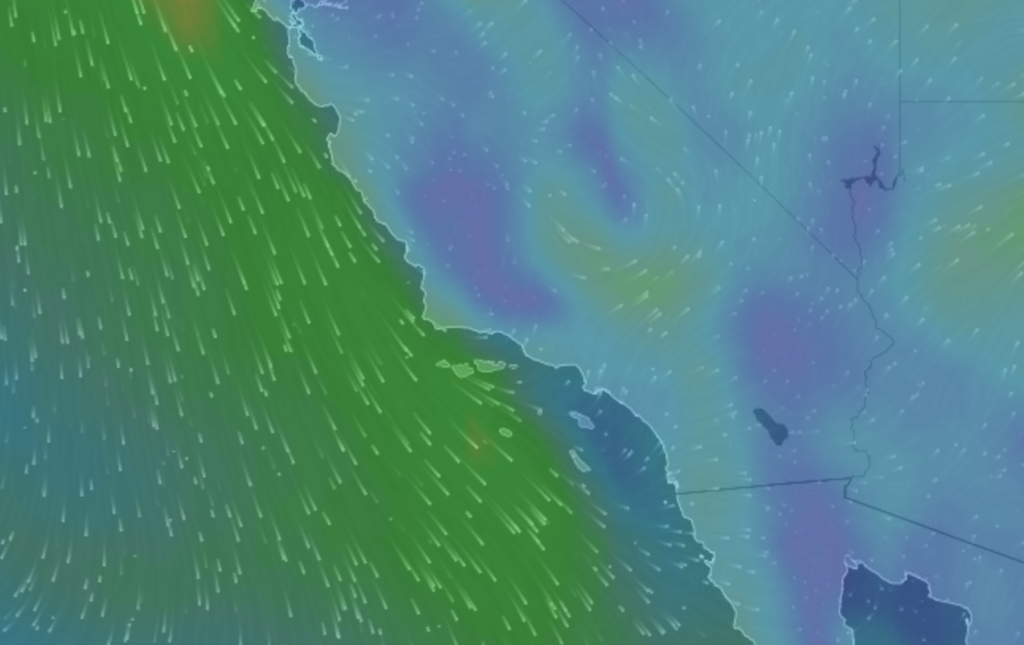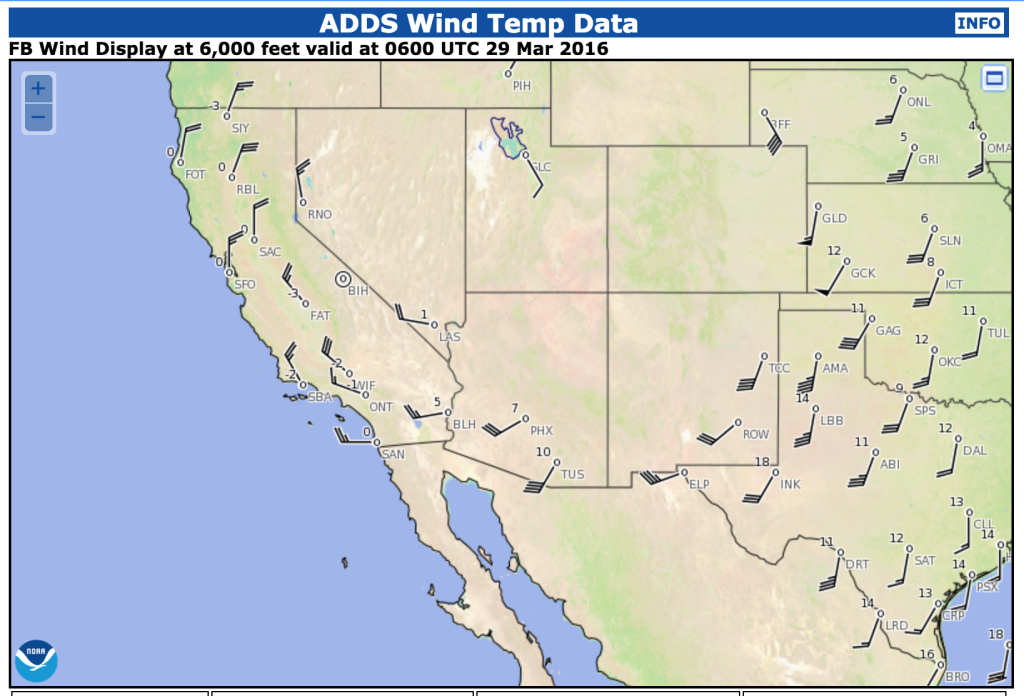Aerodynamics and Aircraft Systems – Wing Lift Devices
Do you know the difference between plain flaps and split flaps? Well, that’s just one of the topics you’re expected to know about this section of aerodynamics and aircraft systems. The questions on the ADX exam about slats, flaps, spoilers and so forth can all be grouped into wing lift devices. These question touch on the four forces of flight, especially drag and lift, and how changes to a wing configuration affects them.
Question 1. One method of boundary layer control is accomplished by injecting
a. jet of air into the leading edge to energize the boundary layer.
b. a low speed jet of air into the boundary layer.
c. a high speed jet of air into the boundary layer.
The correct answer is ‘a’- jet of air into the leading edge to energize the boundary layer. Boundary layer control devices create a lifting force on the surface of part of a wing. Injecting a high speed stream or jet of air (high pressure engine bleed air) into the boundary layer at higher angles of attack can delay a wing stall – and allow the wing to operate at higher angles of attack. Science!
Question 2. Leading-edge, high-lift devices are
a. more effective on the highly swept wing than trailing edge flaps.
b. less effective than a trailing edge device on a swept wing.
c. more effective than flaps because of the increase in drag at relatively low angles of attack.
The correct answer is ‘a’- more effective on the highly swept wing than trailing edge flaps. In other words, they are more effective at creating additional lift than trailing edge flaps. Trailing edge flaps cause more drag than lift, especially when fully deployed.
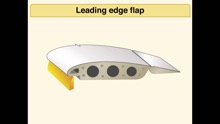
Question 3. What is the purpose of ground spoilers?
a. Increase the rate of descent without gaining airspeed.
b. Aid in rolling an airplane into a turn.
c. Reduce the wings’ lift upon landing.
The correct answer is ‘c’- Reduce the wings’ lift upon landing. This is perhaps the easiest question in the bunch, because the first two answers don’t do anything on the ground. Ground spoilers work on the ground, working by destroying the wings’ lift and transferring the weight of the aircraft to the wheels.
Question 4. What is the primary function of the leading edge flaps in landing configuration during the flare before touchdown?
a. Decrease rate of sink.
b. Prevent flow separation.
c. Increase profile drag.
The correct answer is ‘b’- Prevent flow separation. Leading edge flaps change the camber (curve) of the wing which helps prevent flow separation at higher angles of attack, like what would be encountered during the flare.
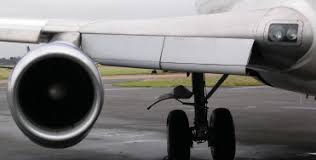
Question 5. Which is a purpose of leading edge slats on high-performance wings?
a. Improve aileron control during low angles of attack.
b. Increase lift at relative slow speeds.
c. Direct air from the low pressure area under the leading edge along the top of the wing.
The correct answer is ‘b’- Increase lift at relative slow speeds. From the PHAK (Chapter 5), we know that leading-edge slats are “high lift devices” – they are extended at lower speeds to increase lift.
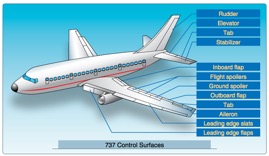
Question 6. Upon landing, spoilers
a. decrease directional stability on the landing rollout.
b. function by increasing ground to tire friction.
c. should be extended after the thrust reversers have been deployed.
The correct answer is ‘b’- function by increasing ground to tire friction. This question follows the same vein as Question 3 re the purpose of ground spoilers. Deploying spoilers on landing destroys the wing’s lift, transferring additional weight to the main breaks, which in turn increases friction between the tires and the ground.
Question 7. Which is the purpose of leading-edge slats on high-performance wings?
a. Direct air from the high pressure area under the leading edge along the top of the wing.
b. Improve aileron control during low angles of attack.
c. Decrease lift at relative slow speeds.
The correct answer is ‘a’ – Direct air from the high pressure area under the leading edge along the top of the wing. This is another question out of PHAK Chapter 5. Opening/extending the slats allows air from under the wing to flow over the wing’s upper surface. This delays airflow separation.
Question 8. When compared to plain flaps, split flaps
a. produce more lift with less drag.
b. produce only slightly more lift, but much more drag.
c. enhance takeoff performance in high density conditions.
The correct answer is ‘b’ – produce only slightly more lift, but much more drag.
Not all flaps are created equal. The easiest way for me to remember this question is to remember that split flaps produce more lift and MORE drag. They only produce slightly more lift than regular flaps, though. The additional drag is substantial, due to the panels that droop from the undersides of the wing. Split flaps are less common these days, and were common in WW-II era flighter planes, and also in DC-3 aircraft.
Question 9. Fowler flaps as compared to split flaps
a. generate more nose down pitching moment.
b. develop much more drag.
c. cause very little change in the airplane structure.
The correct answer is ‘a’ – generate more nose down pitching moment. The double-slotted Fowler flap creates two gaps as the flaps deploy, allowing more air to leak through two slots to the top surface and increase lift. Fowler flaps generate the biggest change in pitching moment (compared to the split flap, which causes the least change).
Question 10. For which purpose may flight spoilers be used?
a. Increase the rate of descent without increasing aerodynamic drag.
b. Reduce the wings’ lift upon landing.
c. Aid in longitudinal balance when rolling an airplane into a turn.
The correct answer is ‘b’ – Reduce the wings’ lift upon landing. This question can be grouped with questions 3 and 6. Spoilers work when the plane lands. Using spoilers upon landing destroys the wings’ lift, and makes the wheel brakes more effective.
Question 11. It is important to combine the boundary layer control with flaps since
a. the flap deflection tends to reduce the angle of attack to maximize lift.
b. the flap deflection tends to increase the angle of attack for maximum lift.
c. the boundary layer controls are only effective at low power settings.
The correct answer is ‘a’ – the flap deflection tends to reduce the angle of attack to maximize lift. Boundary layer separation is generally undesirable in aircraft high lift coefficient systems and jet engine intakes. Boundary layer control devices combined with flaps maintain high velocity smooth airflow with maximum lift capability.
Question 12. On which type of wing are flaps most effective?
a. Thin wing.
b. Thick wing.
c. Sweptback wing.
The correct answer is ‘b’ – Thick wing. Thinner and swept back wing reduce the effectiveness of flaps (due to reduction of lift).
Question 13. The first 50% of flap deflection causes
a. more than half of the total change in drag.
b. more than half of the total change in lift.
c. very little affect on lift.
The correct answer is ‘b’ – more than half of the total change in LIFT. Then – the remaining 50% of flap deflection provides over 50% of the total DRAG increase from the flaps.
Question 14. The primary purpose of high-lift devices is to increase the
a. drag and reduce airspeed.
b. L/Dmax.
c. lift at low speeds.
The correct answer is ‘c’ – lift at low speeds. This is another one of those questions where the answer is right there in the question. Remember – High lift devices increase lift. In other words, when high-lift devices are extended, lift is extended to allow lower speed flight.
Question 15. What effect does the leading edge slot in the wing have on performance?
a. Decelerates the upper surface boundary layer air.
b. Changes the stalling angle of attack to a higher angle.
c. Decreases profile drag.
The correct answer is ‘b’ – Changes the stalling angle of attack to a higher angle. The slots in the leading edge direct airflow to the upper wing surface, which delays separation of airflow and allows the plane to fly at a higher angle of attack without stalling.
Question 16. What is the purpose of leading edge flaps?
a. Reduce lift without increasing airspeed.
b. Increase the camber of the wing.
c. Direct airflow over the top of the wing at high angles of attack.
The correct answer is ‘b’ – Increase the camber of the wing. Increasing the curve of the wing provides more lift at a given airspeed.
Question 17. What is the difference between the Fowler flap system and the split flap system?
a. Fowler flaps produce more drag.
b. Fowler flaps produce the greatest change in pitching moment.
c. Split flaps cause the greatest change n twisting loads.
The correct answer is ‘b’ – Fowler flaps produce the greatest change in pitching moment. A fowler flap is a split flap that slides backwards, before hitching downward.
Question 18. The tucking (downward motion) of the nose of an airplane during extension of Fowler flaps is
a. a sign of contamination and a no flap landing may be necessary.
b. normal.
c. abnormal.
The correct answer is ‘b’ – normal. Fowler flaps cause the greatest change in twisting moment, which causes the nose of an aircraft to “tuck”.
Question 19. What is the purpose of flight spoilers?
a. Reduce lift without increasing airspeed.
b. Increase the camber of the wing.
c. Direct airflow of the top of the wing at high angles of attack.
The correct answer is ‘a’ – Reduce lift without increasing airspeed. The purpose of spoilers is to destroy lift without an increase in airspeed.
Question 20. Compared to a straight wing, swept wing flaps are
a. as effective.
b. less effective.
c. more effective.
The correct answer is ‘b’ – less effective. Flaps lose their effectiveness on swept wing aircraft.
If you want to review these topics more, I highly recommend a review of PHAK Chapter 5. Happy studying!





